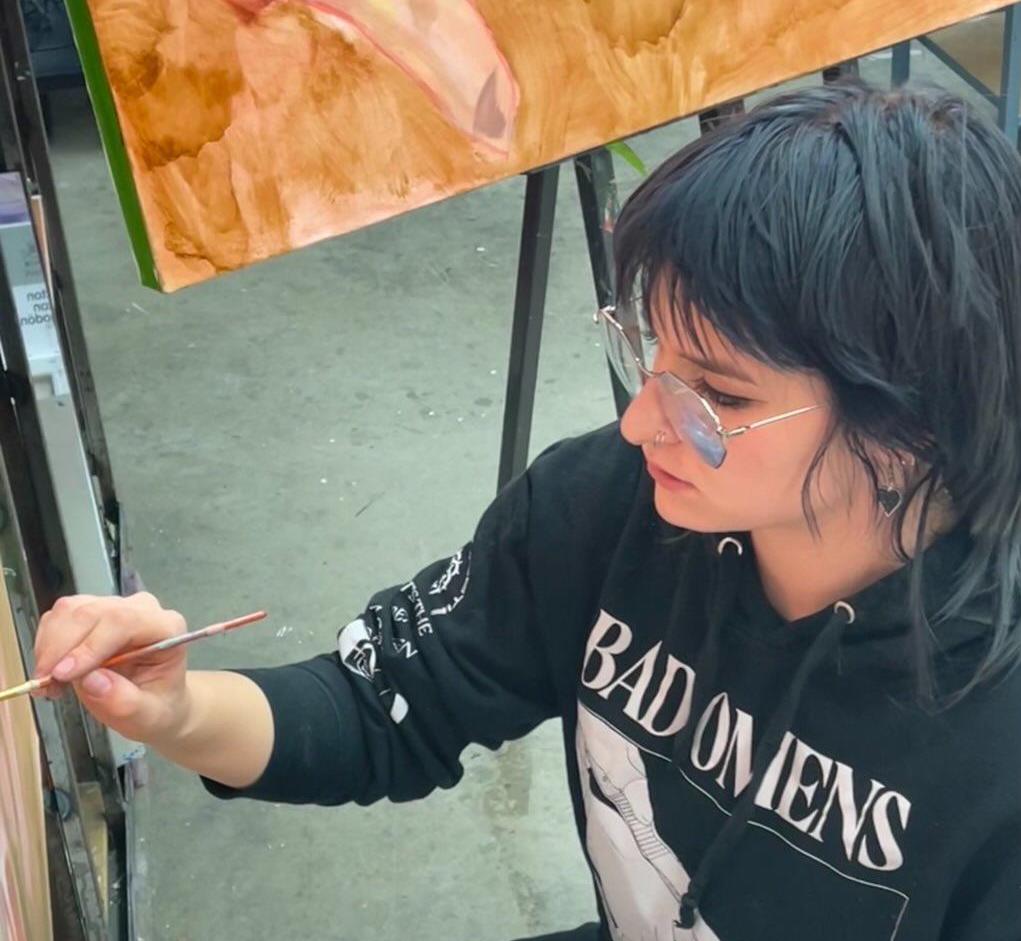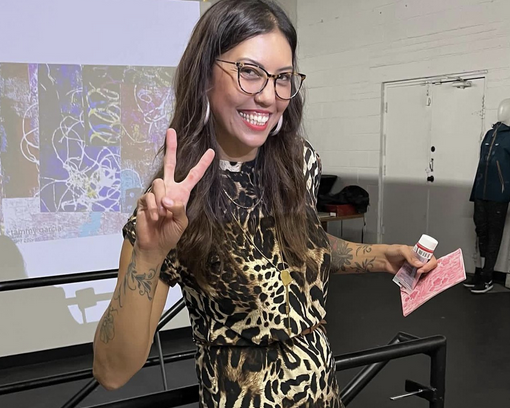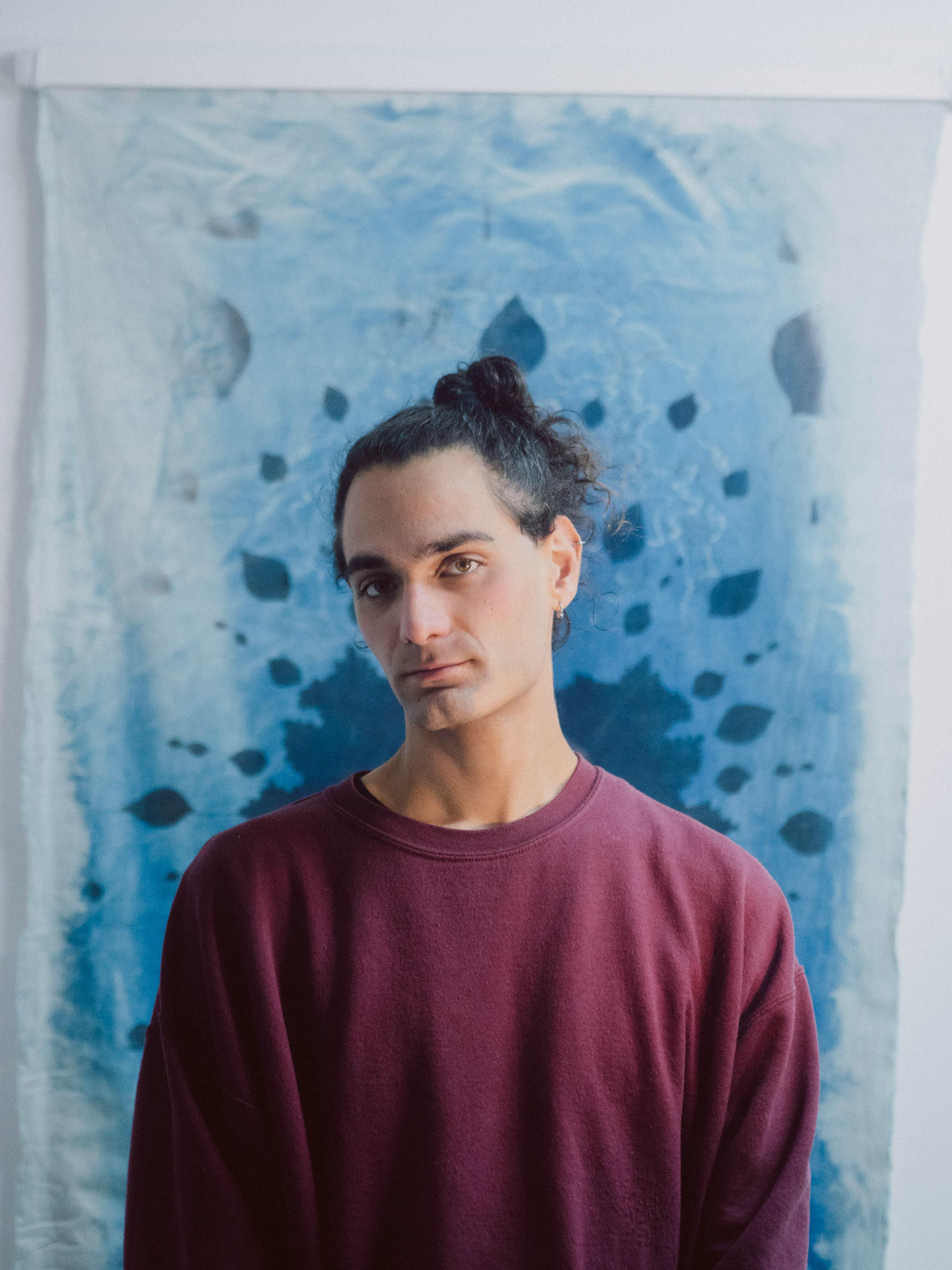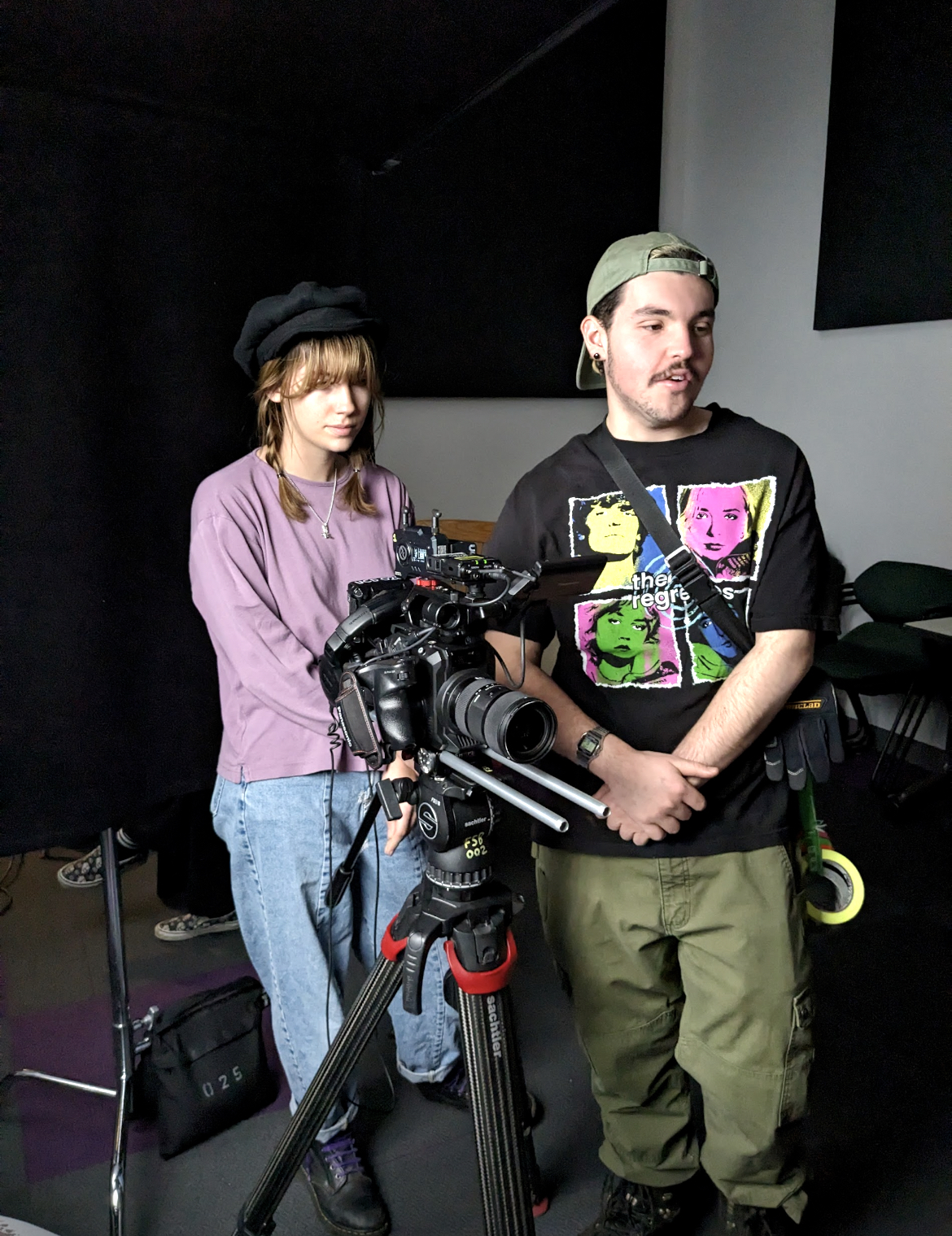The Emmanuel Gallery Is Swallowed by Giant Inflatable Artwork by Ángel Ricardo Ricardo Ríos
Cuban-born, Mexico-City-based artist Ángel Ricardo Ricardo Ríos creates sculptures and paintings are intentionally larger than life: “I want the viewer to be inside the painting, not figuring it out.”
Nov 20, 2023
On display through February 24, 2024, Ángel Ricardo Ricardo Ríos’ Ikebana is an organic fusion of pumpkins and gourds writhing together, as the artist describes, in an “accumulation of sensual and organic forms.”
Visitors to the Emmanuel Art Gallery will be presented with the task of navigating around a 14-by-35-meter inflatable artwork this season. Artist Ángel Ricardo Ricardo Ríos’ Ikebana is taking up the better part of the gallery’s lower level—even stretching up and flowing over the glass sides of the gallery’s second-level balcony
Cuban-born, Mexico-City-based Ricardo is a multimedia artist, and the exhibition includes seven of his vibrant paintings in addition to Ikebana.
The word ikebana refers to the centuries-old Japanese art form of flower arrangement. Dating back to the Heian period around 800 CE, the term also refers to “making flowers alive.” Ricardo creates massive paintings and sculptures that explode in bright ruptures of color and living forms. Hints of petals, stems, and organic shapes have an architectural structure referencing the human body, gardens, and graffiti.
The massive inflatable sculpture is an organic fusion of pumpkins and gourds writhing together, as the artist describes, in an “accumulation of sensual and organic forms.” Pumpkins and flowers play a symbolic role in the Cuban celebration of Oshun, the Goddess of Love, fertility, and sensuality. In a mix of religious beliefs, people offer pumpkins and flowers to the Goddess Oshun and Cuba’s patron Saint Virgen de La Caridad, in pleas for emotional comfort. The artist invites you to enter this sumptuous sculpture for a contemplative experience.
Paintings That ‘Make Flowers Alive’
Flowers have long held deep meaning in art history, and the interpretation depends on the era and place. Flowers can symbolize love, reproduction, religious figures, purity, or promiscuity. Ricardo is aware of the charged history of flowers in art, and when he creates his paintings, he layers the accumulation of his own experiences in the paint; however, he wants viewers to find their own meanings.
Scale plays a significant role in this idea, and his sculptures and paintings are intentionally larger than life: “I want the viewer to be inside the painting, not figuring it out. I want the viewer to have space enough to be inside.” Ricardo creates his monumental works by clipping the unstretched canvas directly to the wall and uses his hands and fingers to paint in sweeping gestures. While striking against the walls of the Emmanuel, the paintings in this exhibition are among Ricardo’s smaller creations.
Ricardo was born and raised in Cuba and primarily works in Mexico City. While he says his cultural experience has been hybrid, the artworks in this exhibition are not dictated by international borders. Ricardo’s artwork is based on human experience, and he invites you to step inside with your own memories and hopes. “Although not reckless, I welcome all surprises and accidents…I never shy away from going toward the unknown—it is the direction of the soul. You can violate any rule, at any time. You are in command.”
This exhibition is generously sponsored by CU Denver’s College of Arts & Media. The Emmanuel is grateful for the collaboration with K Contemporary, with additional support from the Biennial of the Americas. Special thanks to Doug Kacena, Jennifer Berry, Lauren Hartog, and FloraJane DiRienzo.
Article by Jeff Lambson, Director Emmanuel Art Gallery
About the Artist
Ángel Ricardo Ricardo Ríos was born in Cuba in 1965 where he graduated from the Higher Institute of Art in Havana. Ricardo’s work has an eagerness to it, a blur of boundaries within the space that it occupies. The mixing and intertwining of subjects gives way to explosions of color, texture, and shape, some of which is painted directly with his hands. To understand Ricardo’s work, one must acknowledge two essential elements. The first is a playful, joyful and intimate expression that has an intense, frenzied, sexual nature, and the second is a refusal to be confined by the edges of the canvas. Often it appears as if his compositions want to break free.
Ricardo has exhibited individually since 1981 in multiple institutions including Chapo University Museum, Popular Art Museum in Mexico City, Galeria Luis Sandoval Contemporary Art in Mexico City and Fernando Pradilla Gallery in Madrid. He has exhibited collectively in Zona Maco in Mexico City, Art Miami and the Biennial of Havana in Cuba. Ricardo has received a number of awards and mentions including Honorable Mention in the fourth Biennial of Visual Arts Yucatan Mexico as well as multiple publications including Art Magazine Spain and Art Nexus.




